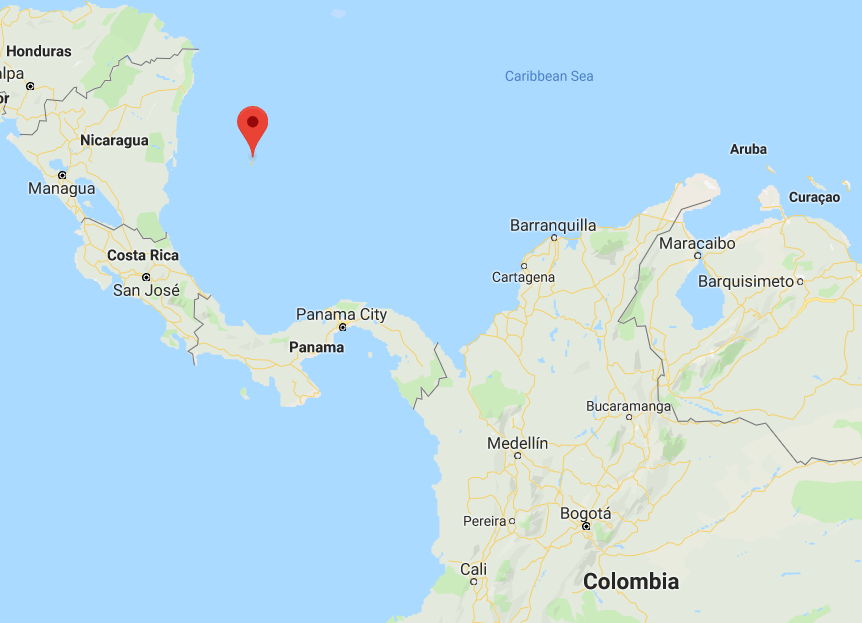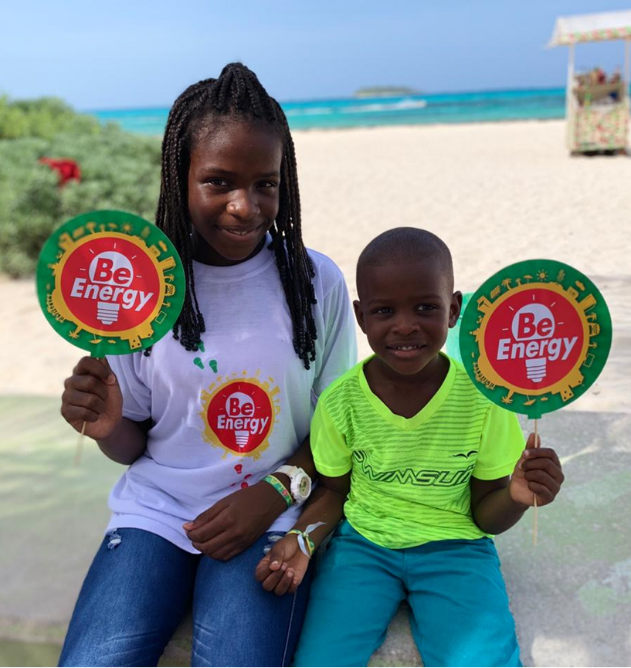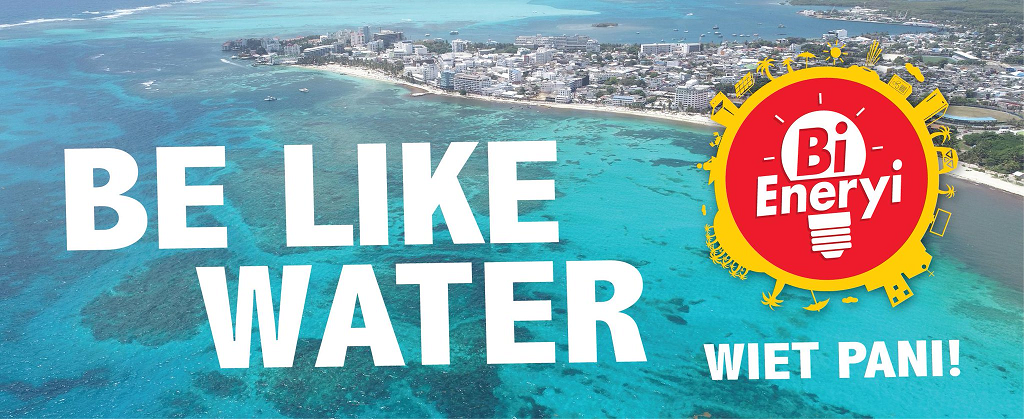The Archipelago of San Andres can boast of almost universal electric power coverage. Practically the entirety of its 52.2 Km² has access to electricity in order to light resident’s homes and power the tourist industry that propels its economy. However, the Archipielago still faces energy related challenges. An energy efficiency program can counteract many of them.
The Archipelago is composed of three main islands, San Andrés, Providencia, and Santa Catalina, and more than 20 keys and islets. Located in the Caribbean Sea, the Archipelago is the main island territory of Colombia and the Country’s only department that is not part of the continental mainland. Its capital, San Andres Island, is located 720 km northwest of Colombia’s Caribbean coast.
As an island territory, the Archipelago is part of Colombia’s Non-Interconnected Zones (ZNI by its acronym in Spanish) and faces similar challenges providing electric services as difficult to access rural areas on the mainland. These difficulties include: (i) the long distance from the large urban and consumer centers; (ii) the difficulty consumers face paying for electricity services; (iii) the high cost of electricity service because of the difficulties in transporting liquid fossil fuels (diesel) to the islands; and (iv) the high fiscal cost for diesel subsidies for generation and electricity consumption for all sectors.

Fuente: Google Earth
IDB Support to Improve Efficiency and Sustainability
Using fossil fuels for power generation in island communities has the traditional disadvantages of increasing (i) the emissions of greenhouse gases and (ii) the risk of accidents that can endanger the delicate ecosystem of the territory.
As part of its energy strategy for Latin America and the Caribbean, the Inter-American Development Bank (IDB) designed and approved a pilot program with the aim of improving energy efficiency in the Archipelago. The Program was developed in partnership with the Colombian Ministry of Mines and Energy and included US$10 million in funding from the Clean Technology Fund.
In its five years of implementation, the Program seeks to improve economic and environmental sustainability in the Archipelago by reducing the emission of 26,000 tons of CO2, through the implementation of an energy efficient demand management mechanism for the residential, commercial and government sectors. The mechanism is complemented with an environmental sustainability, communication and social management plan, which includes training.
Efficient Demand Management Mechanism
The program implements a mechanism to provide loans to electricity clients in the Archipelago to finance the adoption of energy efficiency measures and renewable energy solutions. These include:
• Technological reconversion: by replacing refrigeration, ventilation and lighting equipment with high efficiency equipment, aimed at residential, commercial, industrial (medium and small hotels) and official users; and
• The installation of individual photovoltaic solar generation solutions to reduce the consumption of energy generated with fossil fuels in the industrial and government sectors.
The Program is also replacing 90,000 inefficient light bulbs with LED bulbs at no charge in low income households.
El proyecto de Sustitución de Bombillas del Programa #BeEnergy llegará a cerca de 9 mil usuarios de los estratos 1, 2 y 3 totalmente gratis. Desde que inició su implementación ya han sido sustituidas más de 14 mil bombillas. #BeEnergy #BeLight #BeASaver @MinMinas@el_BID pic.twitter.com/CMfneVnQDL
— FENOGE (@Fenoge1) September 6, 2019
How is the program managed?
The Non-Conventional Energy and Efficient Energy Management Fund (FENOGE, by its acronym in Spanish) is the Program executor and is responsible for technical and administrative coordination, as well as financial management. FENOGE will hire a technical operator to implement energy efficiency measures, manage the financing mechanism and properly dispose of the waste generated.
How does the financial mechanism work?
The mechanism is a revolving fund, which grants subsidies and credits for the replacement of household appliances. In this way, the financial returns and capital payments of the loans leverage new loans, extending the duration of the Program from 5 to 10 years.
Which technologies does the program finance?
In the residential sector, the replacement of lights and refrigerators will be financed for all income levels. Wind extractors to improve ventilation conditions will be financed for lower-income households, and air conditioning will be financed for high income households.
For the commercial and industrial sectors (hotels), the program will finance energy efficient refrigeration, air conditioning, and high efficiency lighting. High efficiency air conditioning and lighting equipment will be financed for the government sector.
Photovoltaic solar energy solutions will be installed in official buildings where consumption and availability of roofs for solar panels ensure that systems of 5 kWp or more can be installed.
What are the basic financing conditions?
The household appliance credits will be repaid in 24-36 months and it is expected that the savings from using more efficient appliances and lighting will cover the loan’s interest and capital amortization.
Investments in government buildings will be made directly and do not require repayment. These beneficiaries will represent approximately 5% of the investments and include Government buildings, the Providencia Mayor’s office, the Colombian Institute of Family Welfare and Navy and Air Force facilities.
Who will be the beneficiaries of the operation?
The operation expects to benefit: (i) 90,000 low-income users with the replacement of lights; (ii) 5,000 residential, commercial, industrial (medium and small hotels) and official users with technological reconversion by replacing refrigeration, ventilation and lighting equipment with high efficiency equipment and (iii) more than 15 government buildings with photovoltaic generation solutions.
Users are prioritized by privileging lower-income households and the Archipelago’s Raizal[1] community.
What is the environmental sustainability, communication, and social management plan?
The Program implementation faces certain social and environmental challenges. Its success depends on the receptiveness of a community that is characterized by its diversity (the population of the archipelago is 52% mestizo and white, 33% Raizal and 15% Afro-Colombian, mulatto and indigenous). In addition, the waste generated by the equipment replacements must be properly treated to avoid the risk of ecosystem contamination. For this reason, we have also developed communication and environmental management plans:
The social management plan develops activities to promote the participation of low-income households, especially the Raizal community. It includes training end users in energy saving and efficient use and designs and implements an energy efficiency training course.

Additionally, the communication and promotion strategy is aimed at potential beneficiary users. Communication pieces are developed in multiple languages for greater scope. The environmental management plan establishes measures and mechanisms for the final disposal of the equipment replaced by the program to prevent contamination of the island’s ecosystem.
The results of the Efficient Energy Demand Management Program in Non-Interconnected Areas – Pilot Archipelago of San Andrés, Providencia and Santa Catalina will serve as a model to develop other large-scale projects in other areas area of Colombia, including the Program for Energy Efficiency of the Caribbean Region that is also supported by the IDB.


Leave a Reply